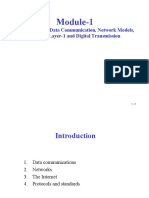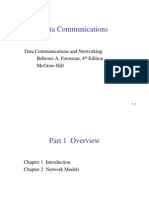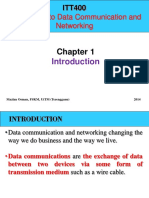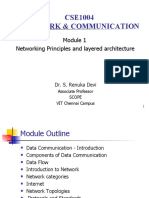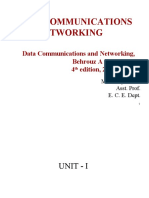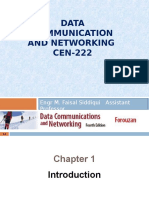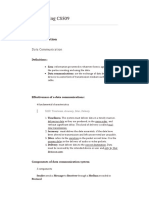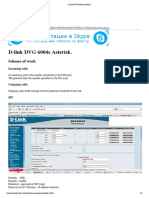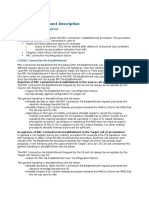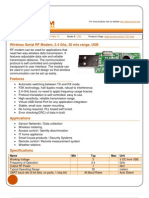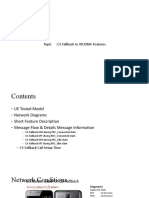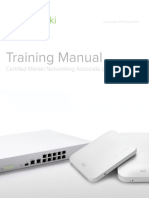0% found this document useful (0 votes)
7 views31 pagesModule - 1 - Data Communication - Part-1
DATA COMMUNICATION MODULE 1 PPT IS UPLOAADED ACCORDING TO UPDATED SYLLABUS OF VTU THE REFERED BOOK IS FOROUZAN
Uploaded by
Mrs. CHAITRA S. N.Copyright
© © All Rights Reserved
We take content rights seriously. If you suspect this is your content, claim it here.
Available Formats
Download as PPTX, PDF, TXT or read online on Scribd
0% found this document useful (0 votes)
7 views31 pagesModule - 1 - Data Communication - Part-1
DATA COMMUNICATION MODULE 1 PPT IS UPLOAADED ACCORDING TO UPDATED SYLLABUS OF VTU THE REFERED BOOK IS FOROUZAN
Uploaded by
Mrs. CHAITRA S. N.Copyright
© © All Rights Reserved
We take content rights seriously. If you suspect this is your content, claim it here.
Available Formats
Download as PPTX, PDF, TXT or read online on Scribd
/ 31
